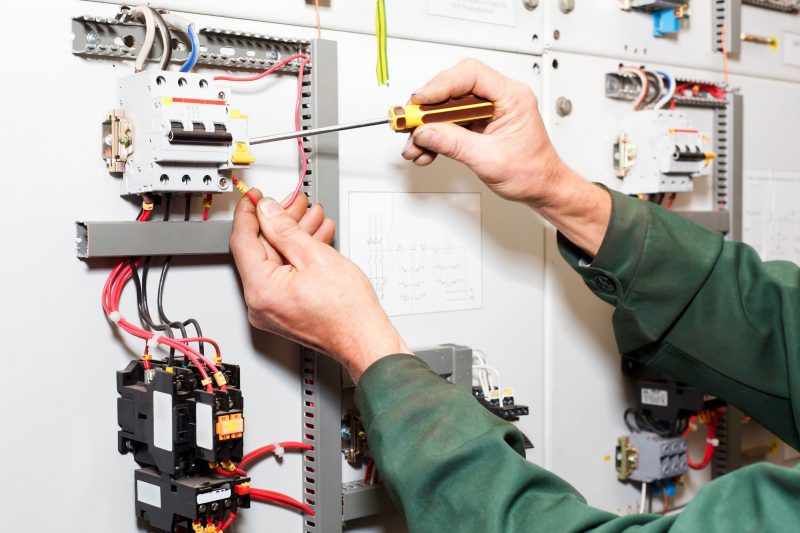Many boating enthusiasts prefer to use a fishfinder because it helps them find marine life, but can also be utilized in a variety of other ways, depending on the type of device you choose. Because there are so many models out there, each with different features, it can be tough to make a choice. Humminbird fish finders have two parts, including a transducer and a display/console. The transducer is placed on the bottom or side of the boat to find the aquatic life while the screen can be mounted anywhere that’s convenient.
How They Work
Humminbird fish finders use sonar technology where the transducer sends sound waves down to the bottom of the water, records how long the signal takes to return to the transducer and relays this information on your display.
Types of Fishing
You can use fishfinders on a variety of vessels and for different fishing excursions. For example, small boats, like a canoe or kayak will require a portable one, while a GPS combo can provide coordinates to backtrack. Ice fishing requires a flasher. While money shouldn’t be the only factor you consider, they do range in price. It’s best to do a little research and know what type of fishing you’re going to do first. Likewise, you may need to purchase multiple devices in some cases.
Just remember that most Humminbird fish finders won’t work unless the boat is in motion, though flashers may work when the vessel is still.
Don’t Worry
Many people worry when they can’t afford a GPS unit or can’t choose one in color, but you needn’t worry much. Even basic locators can tell you the depth of the water, if the bottom of the body of water is hard, muddy, or covered with vegetation and where the marine life is located.








